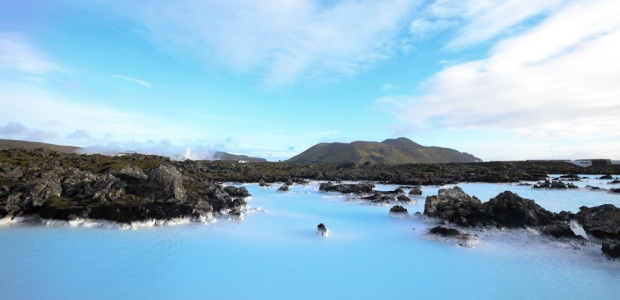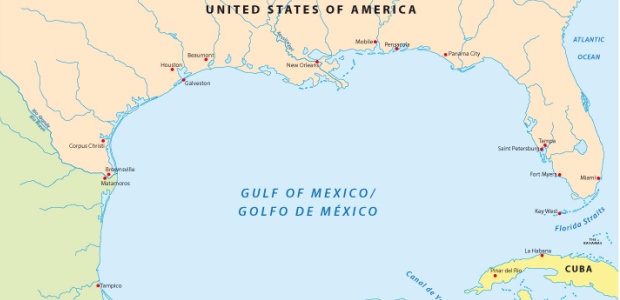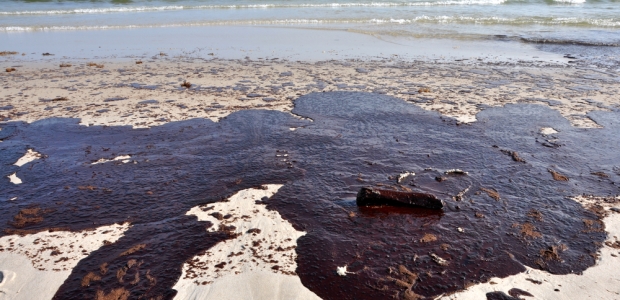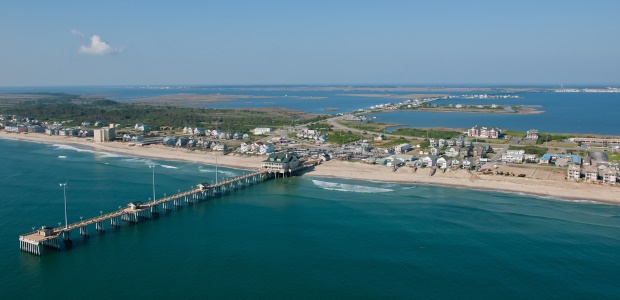Feld Entertainment Inc.'s announcement said the decision will allow the company to focus on its Asian elephant conservation programs, both here in North America and through its partnership with Sri Lanka, and continue collaborating with other conservation organizations.
Personnel from the University of Wyoming-headquartered Wyoming Migration Initiative and the Wyoming Game and Fish Department plan to live tweet throughout approximately three weeks of research activity and write Facebook posts about the animal captures, so the public can follow along.

According to a new report by the NRDC, the anticipated impacts are more widespread than previously believed; major threats seen to oyster, scallop, and clam industries in CA, CT, FL, LA, MA, ME, MD, NC, NJ, NY, OR, RI, TX, VA, and WA.
The agency's proposed rule focuses solely on the Outer Continental Shelf within the Beaufort Sea and Chukchi Sea Planning Areas (Arctic OCS).
William R. Carteaux, president and CEO of SPI: The Plastics Industry Trade Association, said ocean litter "is a global problem that threatens our health, our marine wildlife, and the livelihoods of millions who depend on a healthy ocean."
Researchers from the Norwegian University of Science and Technology have discovered that snow patches that have been in Norway for more than 5,000 years are beginning to melt at a rapid pace due to climate change.

The proposed budget for 2016 reflects robust Administration support for science-based decision-making in managing natural resources.

A group of researchers from the University of Arizona has discovered that the Earth’s crust under Iceland rebounds as the island’s ice caps melt as a result of global warming.

A Khulna University team's study reveals the food chain of aquatic species living in the Sundarbans has been severely disrupted by the December 2014 Sela River oil spill.
- By Abu Saleh Md Golam Kibria
"Abigail Hopper's knowledge of the energy sector, experience working with a wide variety of stakeholders, and her legal expertise will be valuable assets to the bureau and the department as we continue to ensure the safe and responsible development of our domestic energy and mineral resources and stand up an offshore wind program," Interior Secretary Sally Jewell said.
Matthaios Fafalios, 64, a resident of Greece, was convicted in connection with his actions prior to and during a U.S. Coast Guard boarding of the vessel M/V Trident Navigator in January 2014.
Karmenu Vella, the European Union's Environment, Maritime Affairs and Fisheries commissioner, has announced the winners of the European Business Awards for the Environment 2014-15.
Researchers at the University of Missouri have estimated that the population of salamanders in forested regions of the Missouri Ozarks are 2-4 times higher than originally thought, and in other regions of the eastern U.S. may be on average 10 times higher.

A poll of 1,335 sportsmen and women in 11 states in the heart of greater sage-grouse country showed a majority support restrictions in important habitat to save the bird and avoid its placement on the federal Endangered Species List.

The NRCS and the NFWF have established a new partnership that will help provide more support for ongoing restoration projects of the Gulf of Mexico as a result of the 2010 Deepwater Horizon oil spill.
TITAN Salvage/Marine Response Alliance's Lindsay Malen, director of business development, will discuss challenges and lessons learned during the salvage and wreck removal.

The government's complaint was filed in February 2013 in a Louisiana federal court, alleging that oil and an unauthorized chemical dispersant were discharged into the Gulf of Mexico from ATP-IP's oil and gas production platform called the ATP Innovator.

Duke Energy has announced a $10 million Water Resources Fund for the improvement of waterways in North Carolina and South Carolina that flow into neighboring states.
The Global Diversity Outlook 4 report released Oct. 6 measures progress toward meeting 20 biodiversity goals that were agreed up in 2010, including reducing pressure on ecosystems vulnerable to climate change.
The historic Italian region offers eco-retreats and activities to responsible travelers.